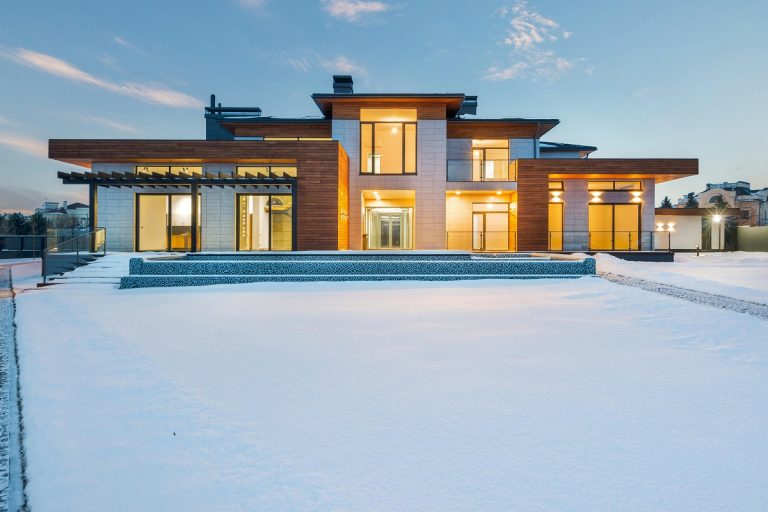

Where would we be without high-quality lighting? Our surroundings would be far dingier, for one, and we would have a much harder time navigating our interior spaces. Everything from accuracy to safety would be compromised. Even our sense of well-being would be impacted. Educational lighting and business lighting carries the singular distinction of needing to set a certain feel while being easy to navigate and very accessible to all that walk through the front doors. The corn cob LED is just one in a long line-up of lighting that promises to change how we look at our environment, our surroundings and even our future.
Did You Know?
Lighting has gone through numerous, rigorous changes over the years. Not only do we need readily accessible lighting resources, we need to make sure we save energy and reduce our impact on the environment. The United States is seeing its own relationship with lighting evolve, with parking garage lighting, induction fixtures and educational lighting all seeing overhauls dictated by energy conservation groups the country over. The Department Of Energy recently provided statistics that nearly 22% of all electricity generated in the country is through lighting alone.
The History Of Lighting
Before we had corn cob LED we had lanterns, light bulbs and open fires. Nikola Tesla would first introduce induction lighting in the late 1890’s, paving the way for light fixtures that can be comfortably inserted just about anywhere in a building space. Induction lighting units are notable for not having electrodes or filaments. These items are the primary cause of general lightbulbs burning out too quickly. This means induction lighting systems are able to have one of the longest lifespans of nearly any light fixture, with some maxing out 100,000 hours.
Energy Usage And Conservation
Choosing the right lighting will be the first step toward crafting a future free of concerns about energy conservation and waste. The U.S. Department Of Energy believes LED lighting has the potential to reduce American energy usage by nearly 50%. The life expectancy of your average fluorescent bulb and ballast is around 20,000 hours. An LED tube, however, boasts over twice that amount with 50,000 hours. When it comes to lighting, longer is better. This means more time spent enjoying steady access to bright lighting and a delayed need to send materials to your nearest recycling facility.
Residential And Educational Lighting
Did you know lighting accounts for over 11% of all energy use in residential buildings? This number is even higher for commercial buildings, reaching 18% and potentially higher for businesses and establishments. Laws have been established to encourage the a balance between energy conservation and steady usage, with parking garage lighting expected to be on 24 hours per day. The induction lamp is now commonly seen in everyday settings and the corn cob LED is still notable for its longevity and brightness in nearly any space.
The Environmental And Financial Benefits Of LED Lighting
Why will LED canopy fixtures or a corn cob LED be the future of accessible, clean energy? It’s all in a delicately pursued balance between efficiency and hard results. LEDs use just 15% of the energy a standard halogen uses. Despite this drastic difference, it will still provide over 80% more light input. HID headlights are known to be around 50% brighter than LED models, but LED lighting will still last up to 10 times longer. Overall, the high efficacy of induction lighting will soon cement it as the standard model the country over.
Perhaps the world over.


